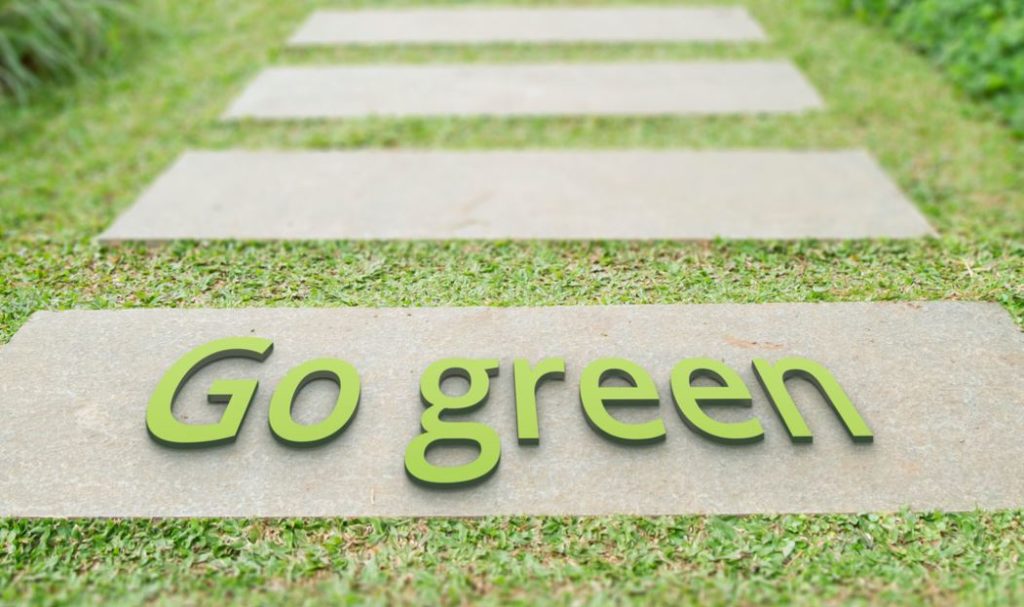It’s somewhat counter-intuitive that growing plants could harm the environment. After all, it’s plants (including cannabis) that convert CO2 into oxygen, stabilize the soil, provide habitat for wildlife, and help to keep our water systems clean. Growing hemp was even mandated in the UK in 1535 due to its practical value for fiber and food.
However, with the dawn of artificial horticulture systems and strict regulations around packaging, the industry that was traditionally at the heart of sustainability has now become its greatest foe. In fact, cannabis production accounted for 1% of all energy use in the United States before legalization and now consumes almost 4% of the energy in Denver.
Tips for Running a Green Operation
While legislators have focused primarily on security and labeling requirements, little has been invested in researching the most efficient and sustainable ways to grow indoor cannabis. Fortunately, some key individual growers and cannabis businesses have come up with practical ideas for efficiency that can inform best practices across the industry.
Energy-Efficient Growing
Ninety percent of cannabis growers’ CO2 emissions come directly from energy use. So energy is a great place to start when trying to become more sustainable. Grow lights, air conditioning, dehumidifiers, air filters, water filters, and water pumps all take significant energy to run, and an increase in the efficiency of the system can also represent significant savings.
Here are just a few ways to reduce energy usage (and your energy bill):
- Reduce the light-to-plant ratio to the minimum that your plants really need. This can save up to 40% of your energy bill.
- Using recirculating water chillers for air-conditioning can reduce air-cooling costs by 30%.
- LED lights consume much less power than regular grow lights and have been used successfully with cannabis.
- Source your energy from custom-built solar panels or switch to a renewable energy provider.
Water Cycling
Cannabis is a thirsty crop that needs to be watered around 20 times throughout its flower cycle. And while outdoor growing is generally the more sustainable option, indoor growing presents a unique opportunity for increasing efficiency by recycling water.
The simplest water recycling systems reclaim water from condensation in the air. However, you can also recapture the water from the air conditioning and dehumidifiers and collect this into water reservoirs. UV lights and mesh UV filters along the water pipe can be used to purify the water and prevent the growth of algae.
Low-Water Growing Techniques
To save even more water in drought-ridden states, it’s possible to grow cannabis using a hydroponic or aquaponic system. Hydroponic systems use up to 90% less water than conventional growing, and aquaponic systems save a similar amount of water while also providing natural fertilizer for the plants.
Natural Pest Control
Most people who use cannabis—either medicinally or recreationally—do so because it’s a natural and holistic alternative to pills. However, hazardous pesticides used in the growing process can negate the “natural” benefits of the plant.
Several organic growing techniques have been used successfully to manage pests in covered cannabis crops. And yes, they require more work than pesticides, but improved plant health and higher selling prices make it thoroughly worth the effort:
- Construct the facility to keep out pests.
- Keep the soil and water healthy with a strong web of microorganisms for healthier and more disease-resistant plants.
- Use beneficial insects to control fungus gnats and other common pests.
- Apply neem oil, fish oil, garlic oil, and sesame oil as preventatives and remedies for an infestation.
Clean Extracts
What happens to cannabis after it’s harvested also has an impact on sustainability and health. Many of the concentrates that are sold on the market to consumers—like shatter and wax—are produced using butane, which is liquefied petroleum gas.
Greener alternatives like rosin are almost identical to wax in appearance and effect but are produced using solventless extraction techniques heat and pressure. Producing rosin rather than wax is an easy way to reduce your environmental impact while continuing to produce a lucrative product.
Going solventless may seem like a daunting task at first. Consulting companies like PureCannalabs offer comprehensive advice to aspiring lab operators, from strategy and floor plans all the way to compliance and marketing.
Green Commerce Pays High Dividends
The good news for cannabis merchants who are interested in sustainability is that going green is an economically as well as environmentally smart decision. Research shows that 73% of millennials and 62% of Gen Zs are willing to pay more for sustainable products, and one-quarter of millennials would pay an extra 11-20% for products that are socially compliant.
For cannabis business owners, this is fantastic news. By greening up your cannabis business, you’ll be more environmentally responsible and earn more money doing it. And as green companies tout their features and educate their customers about sustainability, we’re likely to see consumer demand continue to move in this direction.
Green cannabis: consumers are asking for it. The only question is, will you be the one to enjoy the rewards?

